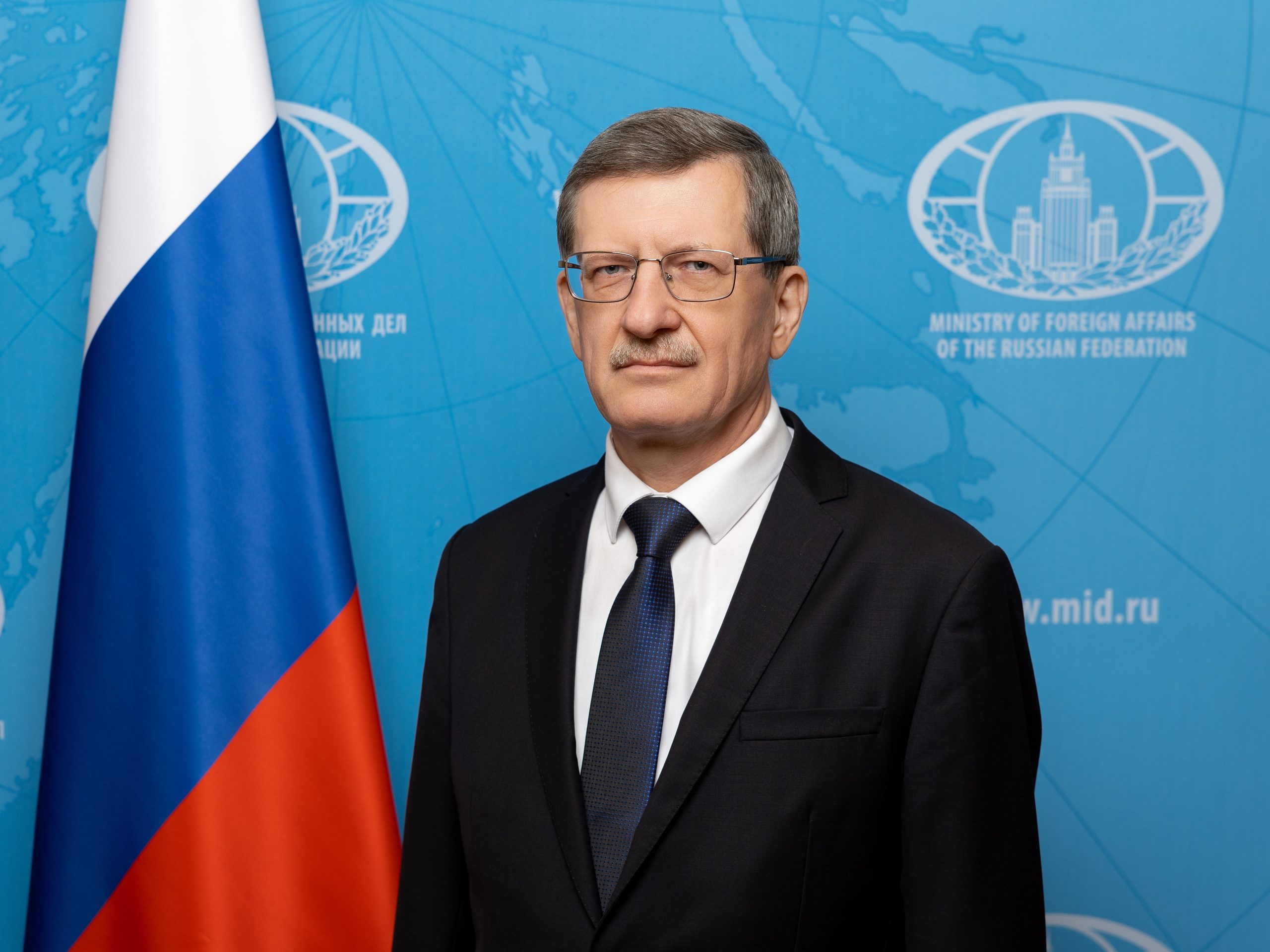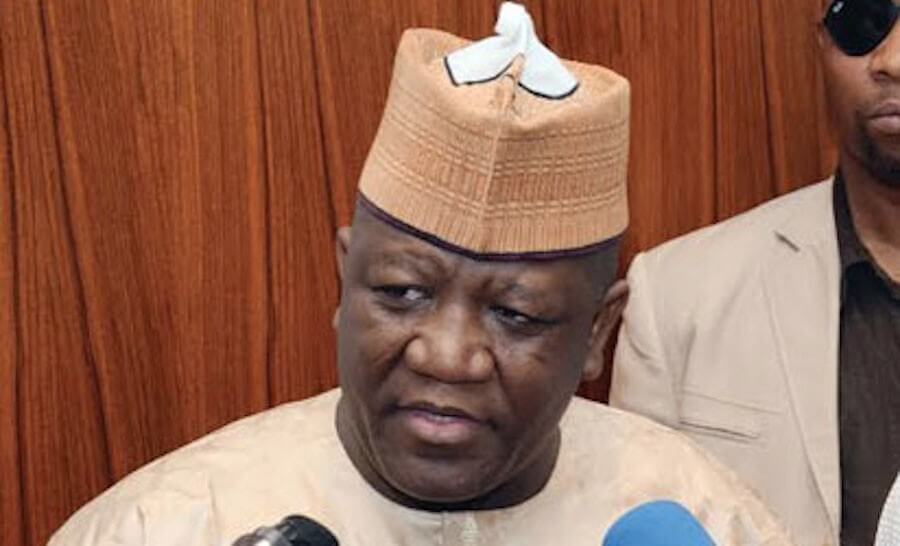The Nigerian Air Force (NAF) is working to ensure that every operable aircraft in its fleet becomes fully serviceable by the fourth quarter of 2025, the Chief of Air Staff (CAS), Air Marshal Hasan Abubakar, has said.
Speaking at the 2025 Aircraft Engineering Conference held at NAF Headquarters in Abuja, Air Marshal Abubakar said the force has made significant investments aimed at boosting serviceability across its platforms.
The conference, themed “Enhancing Aircraft Serviceability in the NAF through Strong Maintenance Culture and Strategic Partnerships,” brought together senior officers and engineering personnel to review current practices and chart new strategies.
Abubakar explained that funds have been specifically allocated for quarterly maintenance, procurement of consumables, and timely provision of critical spares and tools.
“We have been relentless in ensuring the timely provision of critical spares as well as the provision of up-to-date technical publications, ground support equipment, tools, and specialised equipment,” he said.
He noted that these efforts have yielded a current serviceability rate of about 72 per cent across the NAF fleet, but added that the goal is to reach 90 per cent.
“Significant investments have been made to ensure that every operable aircraft in the NAF inventory becomes serviceable by the fourth quarter of 2025,” he stated.
The CAS said that achieving high serviceability depends on a robust and forward-looking maintenance culture. He pointed out that in April 2024, the NAF adopted a predictive maintenance model, which allows for scheduled upkeep and prevents unanticipated equipment failures.
“This proactive approach enhances our ability to deliver sustained air power in pursuit of national security goals,” he added.
Abubakar highlighted recent acquisitions that have expanded NAF’s operational capabilities. According to him, in the last two years, the NAF received 15 new aircraft, including six T-129 ATAK helicopters, two AW-109 Trekker Type A helicopters, three Beechcraft King Air aircraft, and four Diamond 62 aircraft.
He disclosed that an additional 49 aircraft are expected before the end of 2026, including three CASA 295 aircraft, 10 AW-109 Trekker Type B helicopters, 12 AH-1Z attack helicopters, and 24 M-346 fighter jets. According to him, these high-tech platforms require advanced maintenance practices and logistics planning.
“These aircraft are all high-tech platforms that require very sophisticated maintenance activities to operate effectively,” he said. “We must implement advanced, innovative, and data-driven aircraft and armament maintenance practices.”
The Chief of Aircraft Engineering, Air Vice Marshal AI Amodu, described aircraft engineering as the critical backbone of NAF operations. He urged a shift toward proactive strategies in light of evolving threats and rapid technological changes.
“This conference provides us with an invaluable opportunity to share insights, explore innovative strategies, and enhance our understanding of how effective aircraft maintenance culture can directly impact our operational readiness,” Amodu said. “By fostering a culture that prioritises maintenance, we are not only extending the lifespan of our equipment but also enhancing our operational effectiveness.”






